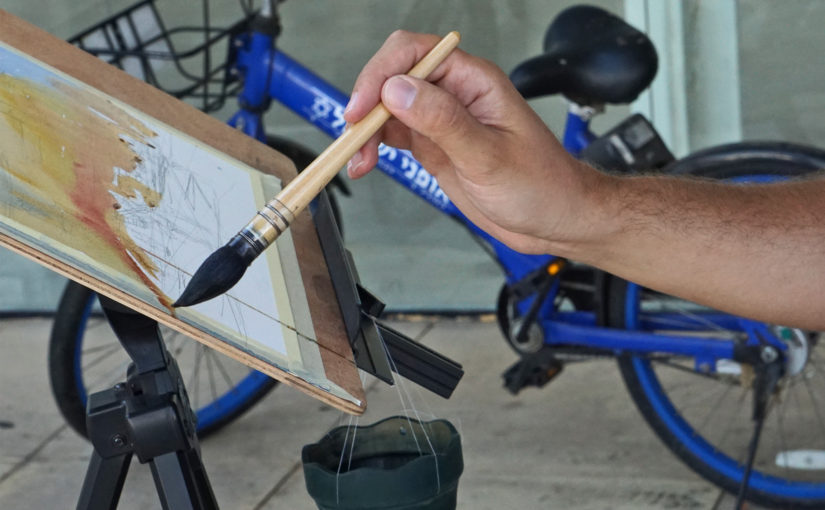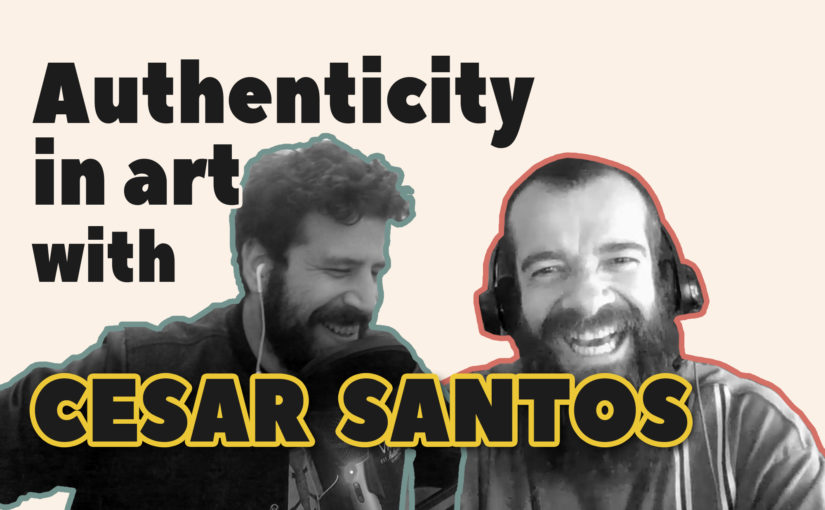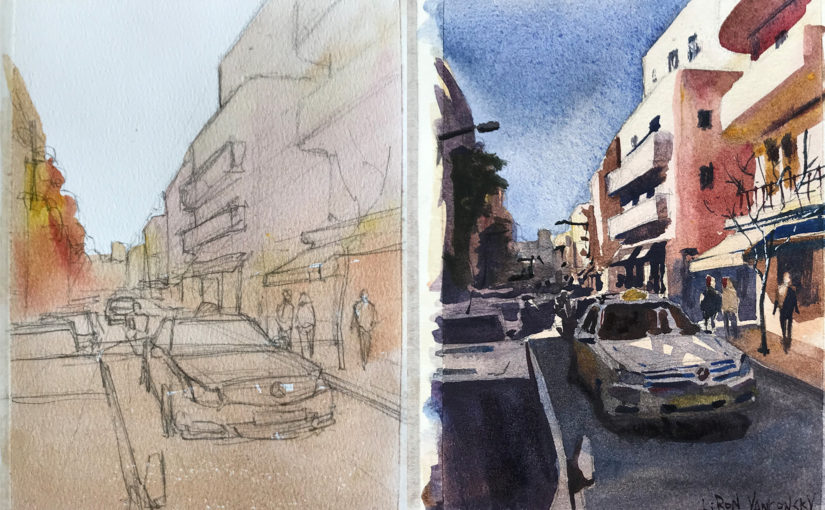Podcast: Play in new window | Download
Subscribe: Android |
Hi there, Liron here! In today’s episode we’re talking about the real way of increasing your income as an artist over the long haul.
This is one of the ideas I’ve been most fascinated with when I just got started in the art world – Separating your money from your time.
Hitting The Ceiling
If you spend time working for payment, you’ll inevitably reach a ceiling at some point. There are only so many hours you can work a day.
Your per-hour rate may increase, but there’s still a limited number of work hours during the day.
Being a Gatherer VS a Farmer
Gatherers have to actively look for income sources, while farmers build an eco-system for generating income.
Nothing’s easy, or “passive”, but a system works better.
My system is my online courses and books. These products are available online. I don’t have to spend any more time on them (other than marketing, which is an inherent part of what I do anyway).
They are ready to be consumed, there’s an unlimited amount of them and there’s nothing to produce – thus – low overhead.
Creating Systems that Deliver Value
A good system is one that delivers value as automatically as possible, and encourages future value generation.
When someone purchases my Draw Anything course, they are also added to my sales funnel. They are then offered super-relevant products in the future.
These are products that had a lot of thought put into them. It’s what people need. And by giving people what they need you create value (content that helps them improve in their art and craft, in this example).
And when you create said value, you can also get value back from the customer (in the form of payment).
And the most beautiful part of it all? It’s all automatic!
There’s A LOT of setup involved when getting started. A lot of research, testing and experimentation. But once you get going the process becomes much more automatic.
Automation Example – Selling Artwork
A normal process of selling paintings would be to, perhaps, reach out to people who may be interested, and try to sell to them.
But we can automate that too. If you can find, for example, a gallery that will work with you – you give them your artwork and they provide you with potential customers.
You give up some upside, of course, but for many – this is really worth it.
Another way of automating the selling of artwork is by creating prints. That way, a one time investment (a painting) can turn into a continuously value-generating item.
Quick System Examples for Artists
Courses & Books
If you have specialized knowledge in an art field, instead of only providing something like private lessons – you could create a paid digital product. I have multiple books and courses on a wide variety of topics.
Membership Sites
These are websites with exclusive content for your customers. It’s a similar concept to any other product. But in this example, it’s a recurring payment (usually cheaper per-month than a one-time product), and you provide an environment that is updated with new information.
Many news podcasts work with a subscription model. They are perfect for the job, as there’s always new information (NEWS!).
Your Platform VS Others’
As we discussed a moment ago, there are advantages and disadvantages to doing everything on your own, or leveraging other platforms.
Usually, what platforms provide is marketing – audience.
I sell MANY MORE courses on Udemy than on my website, but make a similar amount of income from both sources (as they take a large cut). The marketing prowess of Udemy still makes it worth it to have my courses there though.
On your own platform you have full control, but need to do EVERYTHING on your own.
Generally Speaking, I feel like it’s a MUST having your own platform. That way you’re managing your risks, and aren’t fully dependent on other platforms.
And that’s pretty much everything we talked about in this episode.
Artist Corner – Michal Suffczynski
Today we talked about Michal Suffczynski, a Russian architect and painter. He works in both pencil and watercolor, and his landscape paintings really impress me. You can check out his work here: Michal Suffczynski’s Website
And here’s where you can find me…
Check out my YouTube Channel – Liron Yanconsky
Or ask me questions on Instagram – @LironYanIL or Snapchat – @LironYan3
I hope you enjoyed this one. Take care, and we’ll talk again really soon,
— Liron





